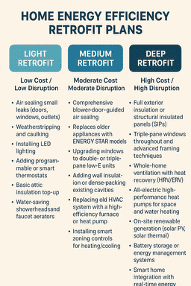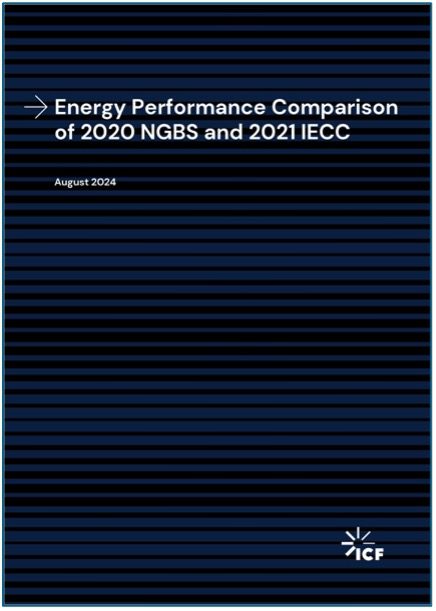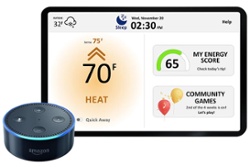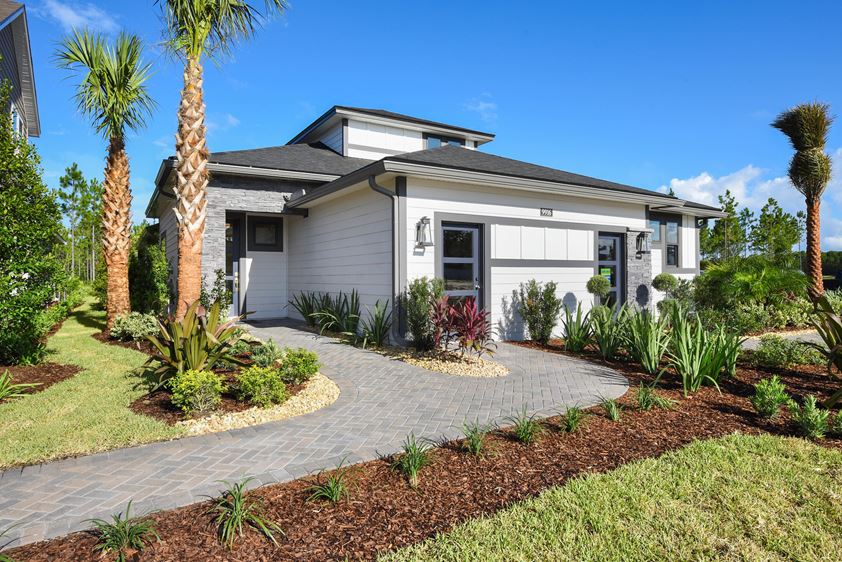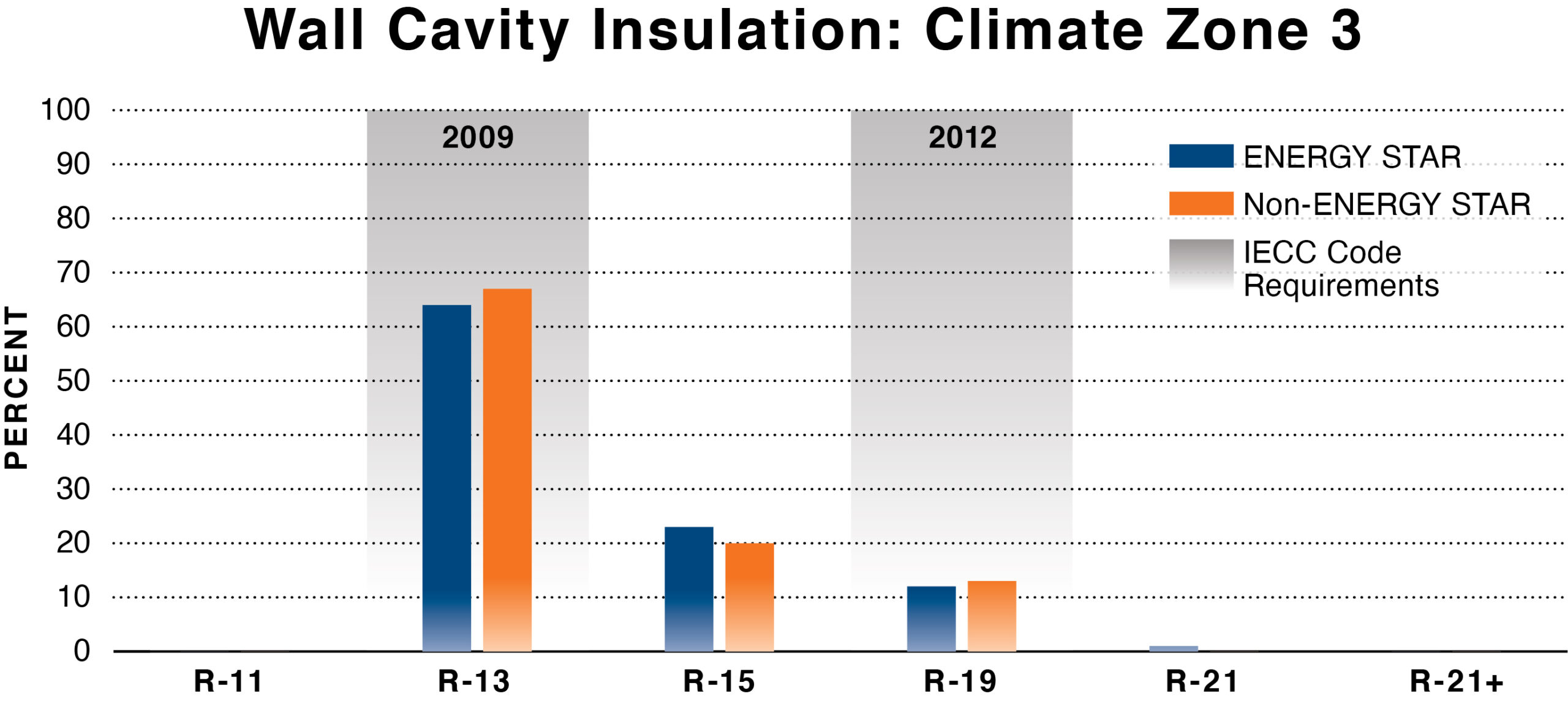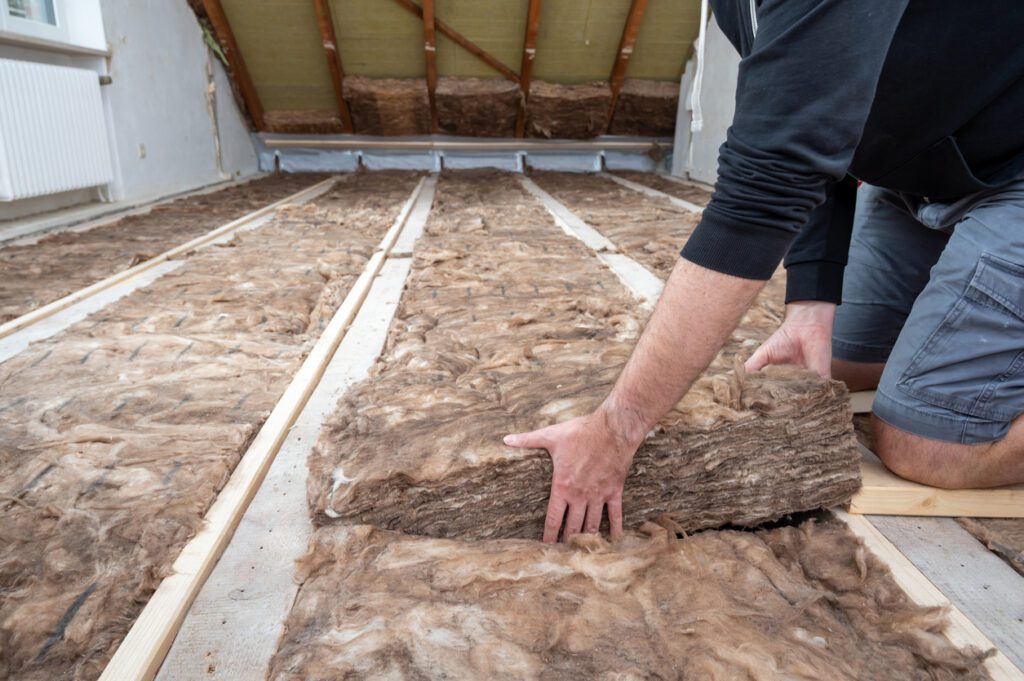
Insulation does more than keep homes warm in the winter and cool in the summer. It is the foundation of resilient, affordable, environmentally friendly, and sustainable living. As the national dialogue around housing affordability grows, it’s worth noting these four ways that insulation creates homes that last, save, and sustain.
Details »
